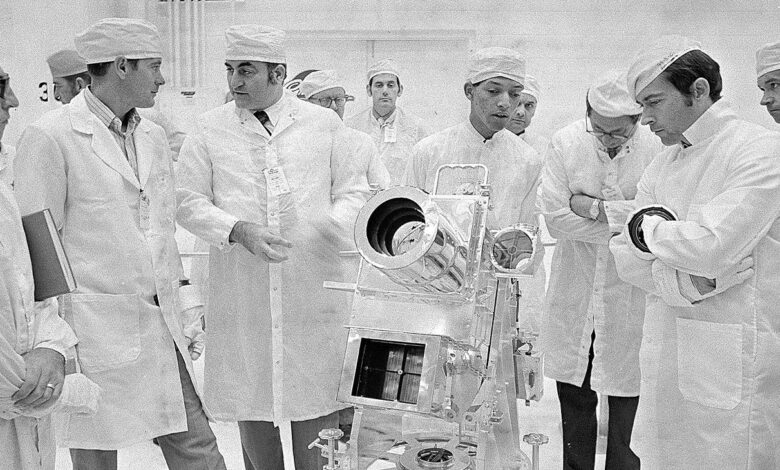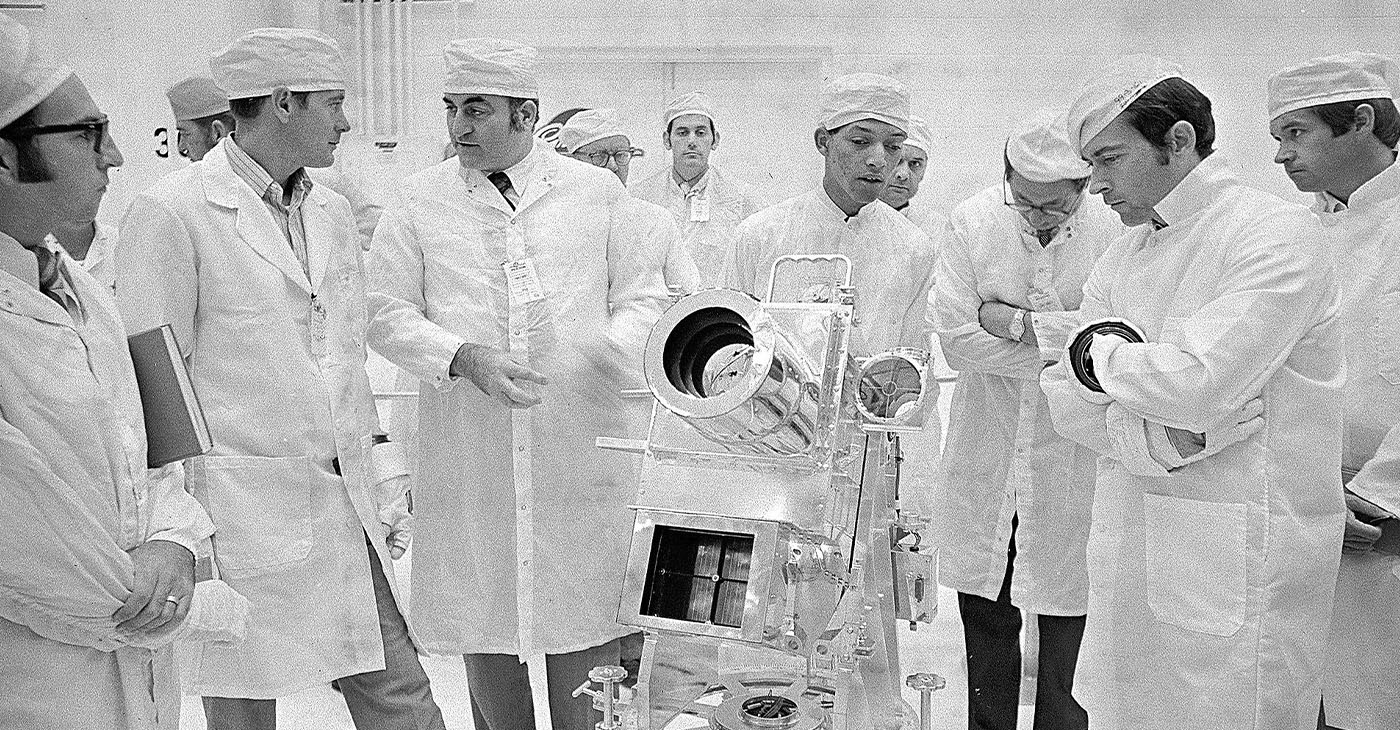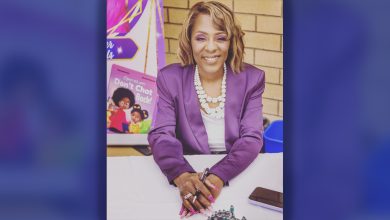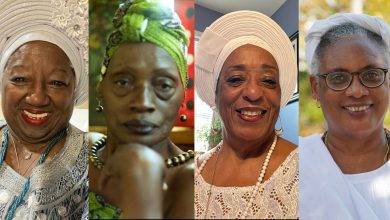George Robert Carruthers: Revealing the Mysteries of Space

By Tamara Shiloh
At a time when only a few Black high school students were entering projects in Chicago science fairs, George Robert Carruthers (1939–2020) presented the telescope he’d designed and built. He won three awards, including first prize.
He later graduated (1957) from Chicago’s Englewood High School and earned his Ph.D. in aeronautical and astronautical engineering at the University of Illinois (1964). But his deep interest in space started much earlier.
The Cincinnati-born Carruthers constructed his first telescope using cardboard tubing and mail-order lenses he bought with money he earned as a delivery boy. He was 10 at the time and found everything about space fascinating. Although the first human journey around Earth did not take place until 1961, George’s dream was to become a part of the “unknown” being explored.
During a 1992 oral history interview with the American Institute of Physics, Carruthers shared: “When I was about 8 or 9 years old, I got a Buck Rogers comic book from my grandmother, and that was, of course, long before there was any such thing as a space program. Since it was science fiction, nobody took space flight seriously in those days, back in the late ’40s, early ’50s.”
What was then considered an interest in so-called science fiction would lead Carruthers to a successful career as an astrophysicist and engineer and his 1970 telescopic design that had been sent into space on an unmanned rocket from the White Sands Missile Range in New Mexico, proving the existence of molecular hydrogen between stars and galaxies.
He also created an advanced telescopic device used during the 1972 Apollo 16 mission to produce uaviolet photographs of Earth’s outermost atmosphere, stars, nebulae, and galaxies. This discovery enabled scientists to examine Earth’s atmosphere for concentrations of pollutants. For his work on the project, Carruthers was awarded NASA’s Exceptional Scientific Achievement Medal.
Throughout his career, Carruthers would design several telescopes that flew aboard NASA spacecraft. In the 1980s, one of his inventions captured an uaviolet image of Halley’s Comet. In 1991, he invented a camera used in the Space Shuttle Mission.
A supporter of education, Carruthers was instrumental in creating the Science & Engineers Apprentice Program that offered high school students an opportunity to work at the Naval Research Laboratory. In 1996 and 1997, he taught a course in Earth and Space Science for Wash., D.C., Public Schools science teachers. In 2002, he taught an Earth and Space Science course at Howard University.
In 2003, Carruthers was inducted into the National Inventor’s Hall of Fame for his work in science and engineering.
Charles F. Bolden Jr., a NASA administrator, said about Carruthers: “He has helped us look at our universe in a new way by his scientific work and has helped us as a nation see ourselves anew as well.”
Carruthers, described as “a slight, reserved man who often rode his bicycle to work,” died in 2020. He was 81.
Learn more about Carruthers and other Black inventors in Susan K. Henderson’s “African-American Inventors II.”
The post George Robert Carruthers: Revealing the Mysteries of Space first appeared on Post News Group.




